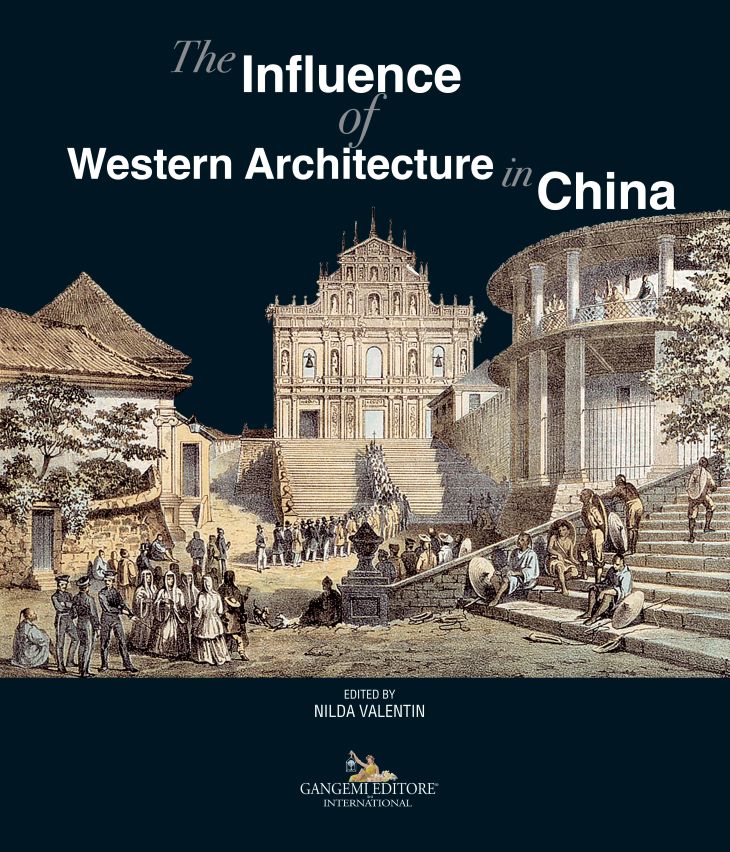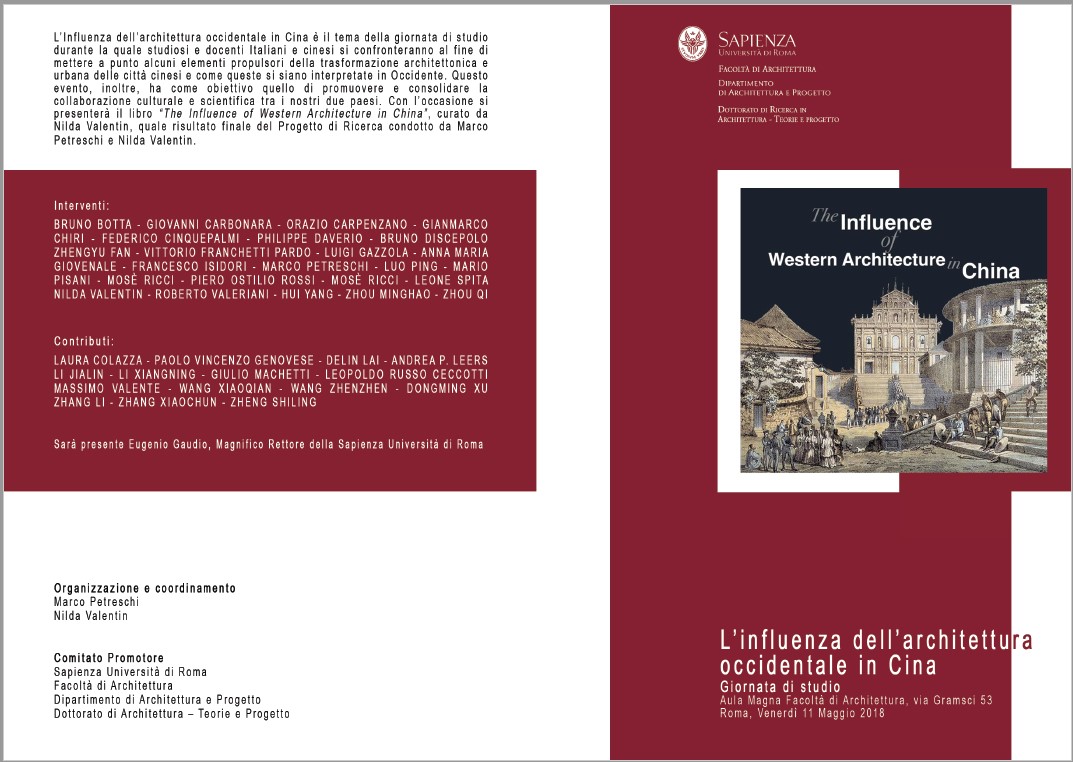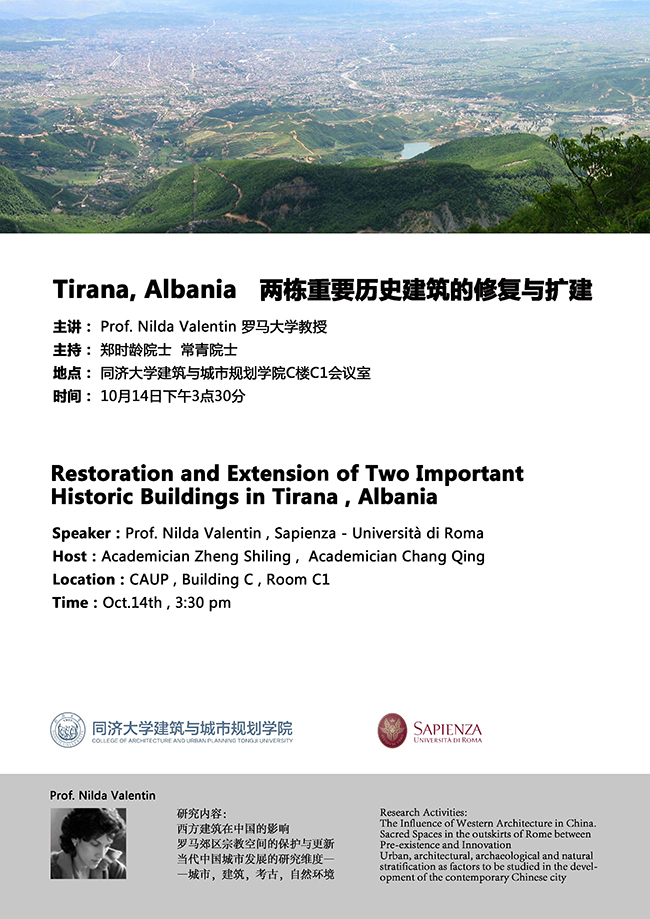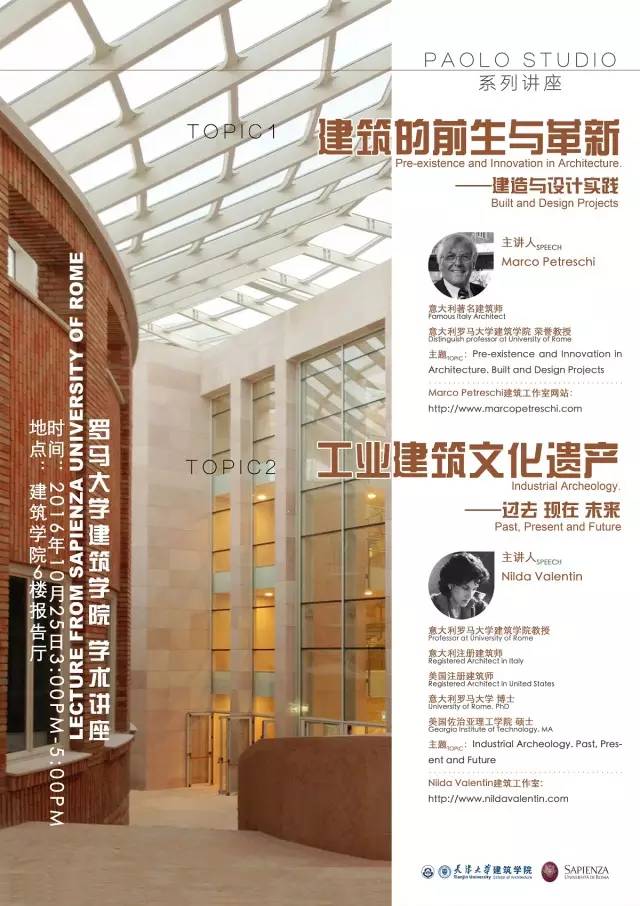Urban, Architectural, Archaelogical and Natural Stratification of the Contemporary Chinese City

Abstract
Many studies deal with the development of important cities in the Western world, from the Greek and Roman classic periods to the present day. Much less is known regarding the development of antique cities in the Far East and the various influences they have either undergone or caused in other cities. Since China has an important architectural, archaeological, and urban history being one of the longest-continuous civilizations in the World, one of the objectives of the research is to study the development of important historic cities in the nation to identify those characteristics and elements which positively or negatively have influenced the actual growth and changes of the cities. The analysis of historic cities through the combined dialogue of different specialized sectors such as architecture, history, urban planning, archeology, and landscape architecture is a means to better recognized the unique values of a culture that is subject, among many other things, to a continuous architectural and urban westernization of their contemporary cities.
ULTERIORE APPROFONDIMENTO (TESTO ESTESO)
The research follows the one on “The Influence of Western Architecture in China from 1840 to 1944” and “The Influence of Western Architecture Architectural Theory in Modern Buildings in China,” made together with Prof. Marco Petreschi, responsible for the research. This research brought together a series of studies by Italian and Chinese scholars and academics with architectural and urban culture expertise.
The Influence of Western Architecture in China was the subject of the Conference held on May 11, 2018, at the Faculty of Architecture. During the event, for which I was the organizer and scientific coordinator, several Italian and Chinese scholars and professors exchanged views to fine-tune some of the innovative elements at work regarding the architectural and urban transformations of Chinese cities and how these have been interpreted in the West.
The event was attended by Magnifico Rector Eugenio Gaudio, Pro-Rector for Internationalization, Bruno Botta, Chinese Embassy Education Counselor Luo Ping, and Dean and Director of DiAP. Italian and Chinese scholars and teachers included M. Petreschi, G. Carbonara, V. Franchetti Pardo, L. Gazzola, G.o Chiri, M. Ricci, Zhou Qi, Zhou Minghao, Zhengyu Fan, and many others.
Meanwhile, seminars and conferences have been held on these topics in China and Italy. In 2013 at Xian University, the undersigned gave a lecture entitled “The Urban Scale of Architecture between Pre-existence and Innovation.” Different panel discussions were also held at Tongji University and Southeast University in Nanjing in 2016. In 2014 at the Faculty of Architecture of Sapienza University of Rome, different lectures, seminars, and a workshop were held with a group of Chinese and Italian professors on topics concerning the research subject, such as Prof. Zhou, Prof. Genovese, and Prof. Zhengyu Fan.
PUBBLICAZIONI
Valentin Nilda (edited by) (2017), “The Influence of Western Architecture in China”, Roma: Gangemi Editore International, p.1-192. ISBN: 9788849235128 (testi in italiano e inglese)
Valentin Nilda (2017). “L'architettura della città cinese tra passato, presente e futuro”, in: Valentin N, “The Influence of Western Architecture in China”, Roma: Gangemi Editore International, p.74-81. ISBN: 9788849235128.
Valentin N. (2017). “L'incontro tra Oriente e Occidente in architettura in Cina”, in: Valentin N, “The Influence of Western Architecture in China”, Roma: Gangemi Editore International, p.20-29. ISBN: 9788849235128.
Valentin N. (2017). “L'architettura contemporanea in Cina tra contaminazione e ibridazione”, in: Valentin N, “The Influence of Western Architecture in China”, Roma: Gangemi Editore International, p.130-139. ISBN: 9788849235128.
Valentin N. (2019). Recensione di Mario Pisani al libro “The Influence of Western Architecture in China”, in “Abitare la Terra”, n. 49, p.46. ISBN: 978884923437.
ALTRI ESITI
Organizzazione e coordinamento scientifico Giornata di studio “The Influence of Western Architecture in China”, Facoltà di Architettura, Sapienza Università di Roma, 11 maggio 2018.
Coordinamento e responsabilità scientifica Workshop di progettazione e Viaggio studio Xi’an - Beijing – Shanghai, Cina. 10-23 ottobre 2016.
Guest Lecturer sul tema “Restoration and Extension of Two Important Historic Buildings in Tirana, Albania, Tongji University, Shanghai, China, 14 October 2016.
Guest Lecturer sul tema “Industrial Archaeology. Past, Present and Future, Tianjin University, China, 25 October 2016.




